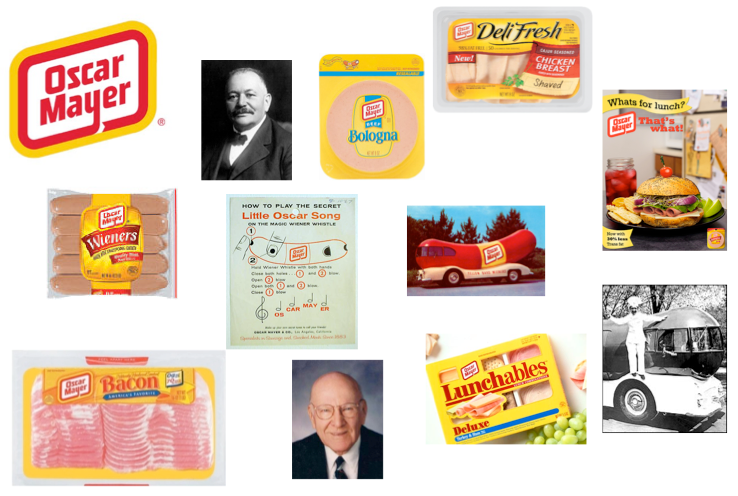(Companies can come up with novel ways to differentiate themselves from the competition: product features, packaging, service, marketing approaches. But when the difference is shallow, that is, when it isn’t hardwired into an advantaged business design, it is easily replicated and the difference disappears. This three part series of short blog posts on my old alma mater, Oscar Mayer, will explore the topics of marketplace differentiation and business design for competitive advantage: How It Was Created, How It Was Lost, and What Next.)
Let’s face it: most consumer products are commodities. Either differentiators are so minor or obscure that consumers can’t discern them or else the differentiators are “shallow” and have been easily replicated. That’s one of the reasons private label products are growing market share. Real (deep) differentiation in the marketplace is harder to achieve because to be sustained and yield competitive advantage it requires innovation be hardwired into the design of the business.
I started with Oscar Mayer back in 1977 fresh out of grad school. Back then, innovations throughout the design of the business drove Oscar Mayer’s differentiation in the marketplace for at least two decades and would continue to do so for at least one more. Not just random innovations within each function or department, but innovation that was hardwired to produce differences in the marketplace and significant competitive advantage.

Back in those days, marketing and promotion campaigns at Oscar Mayer drove significant results because they were based on real, tangible differences that consumers could easily perceive and competitors couldn’t replicate. They couldn’t replicate them because those differences were produced by innovations that were firmly embedded into almost every aspect of the design of the business model from Procurement to Manufacturing to Distribution to Marketing to Sales and Customer Service to HR and internal training.
So, what happened? Well, obviously competition closed the gaps by replicating these distinctives within their own business design and as Youngme Moon points out in her book Different, “once everyone starts doing it, no one stands out”. The gap began to close in the 80’s and by the early 90’s, much of the competitive advantage hardwired into the business model was gone (though some advantages and product differentiation in the marketplace remained).
How the competitive advantages were lost and product differentiation was eroded is the subject of Part 2 but be sure to send me your thoughts or leave your comments here.
* This point of differentiation was left off the original blog post but is now restored.